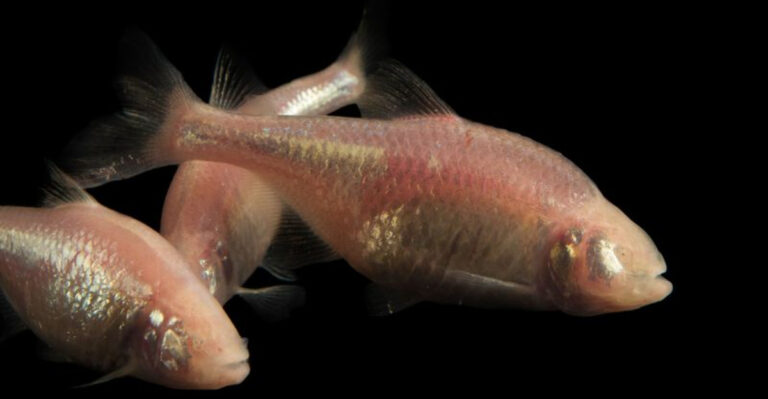Was The Smallest Dinosaur Actually A Bird? Blurring The Cretaceous Line
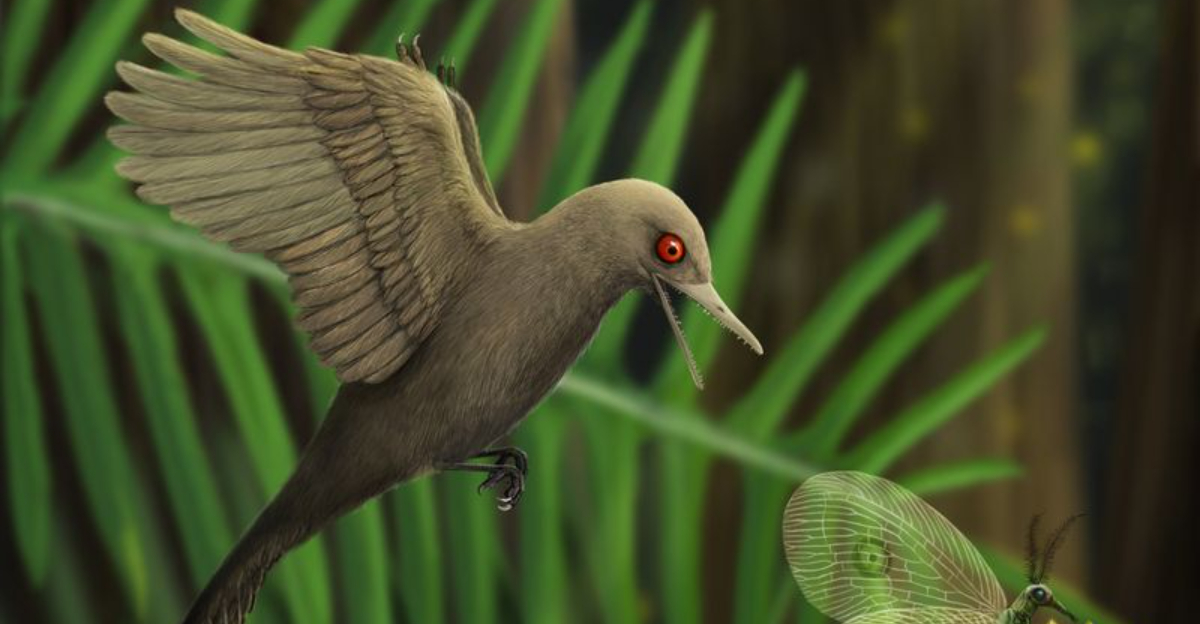
A tiny skull trapped in amber sparked a scientific detective story that rocked the paleontology world. In 2020, researchers announced they’d found what might be the smallest dinosaur ever – a hummingbird-sized creature called Oculudentavis.
But this discovery quickly became controversial, challenging our understanding of what separates dinosaurs from birds and even lizards. The debate highlights how blurry the line between these ancient creatures really is.
The Discovery Of The Smallest Dinosaur In Amber
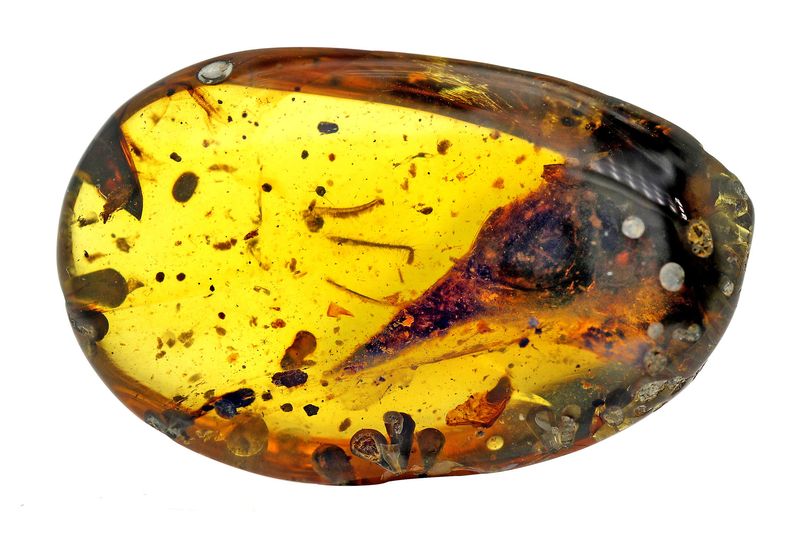
Locked in golden amber for 99 million years, a skull smaller than a blueberry was unearthed in Myanmar in 2020.
This tiny time capsule preserved delicate features that would normally vanish during fossilization, including soft tissues and even remnants of skin. The specimen’s extraordinary preservation allowed scientists to examine details impossible to see in traditional fossils.
Initial Classification As A Bird-Like Dinosaur From The Cretaceous
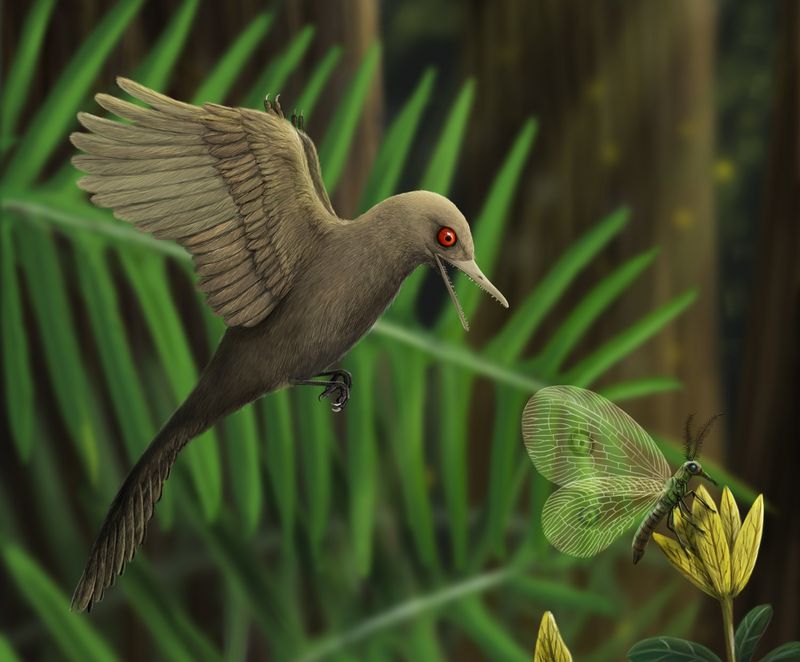
Scientists originally hailed the specimen as Oculudentavis khaungraae – a new species of tiny dinosaur with bird-like features from the Cretaceous period.
Researchers were stunned by its mix of ancient reptilian traits and bird characteristics. The creature’s unusual eye structure and toothy jaw seemed to represent a previously unknown branch on the dinosaur family tree, potentially changing our understanding of miniaturization in dinosaur evolution.
The Mystery Of Oculudentavis And Its Unique Features
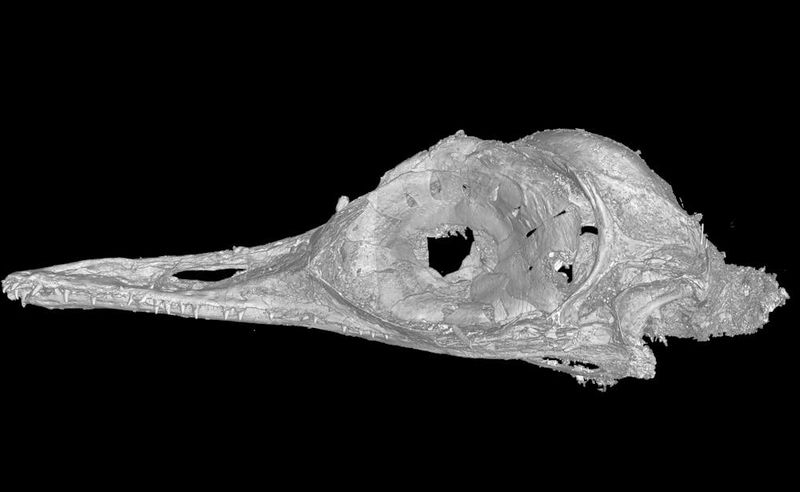
Sporting teeth like tiny daggers and eyes unlike anything seen before, Oculudentavis puzzled experts from day one.
Its eyes faced sideways rather than forward, with a unique bony ring that supported the eyeball – different from both birds and dinosaurs. The creature’s jaws contained around 30 sharp teeth, despite its minuscule size, suggesting it was a fierce predator of insects and perhaps small invertebrates.
How A Tiny Skull Challenged Dinosaur Evolution Theories
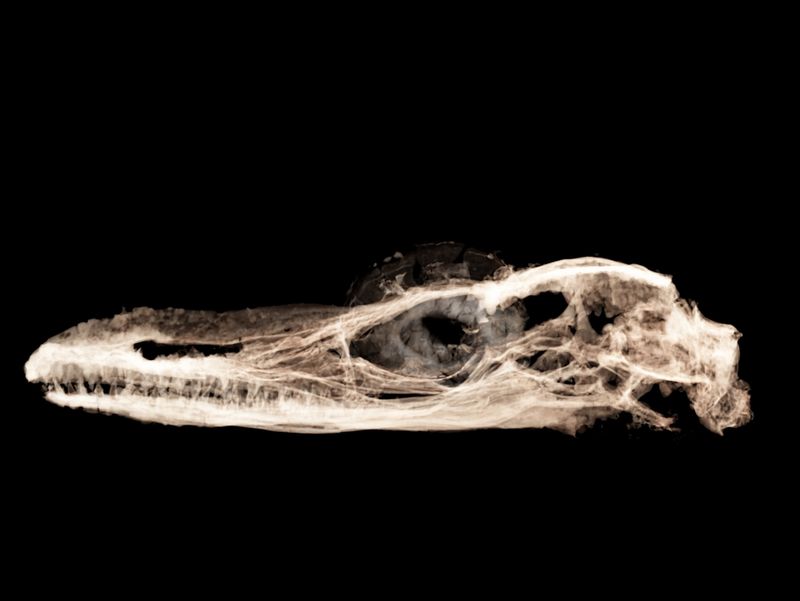
At just half an inch long, this mysterious skull suggested dinosaurs could evolve to be remarkably small – challenging previous assumptions about size limitations.
Scientists had long believed that warm-blooded animals faced constraints on how small they could become while maintaining body temperature. If this truly was a dinosaur, it would mean dinosaurs achieved extreme miniaturization far earlier than previously thought, rewriting our understanding of their evolutionary capabilities.
The Role Of Oculudentavis In The Bird Dinosaur Debate
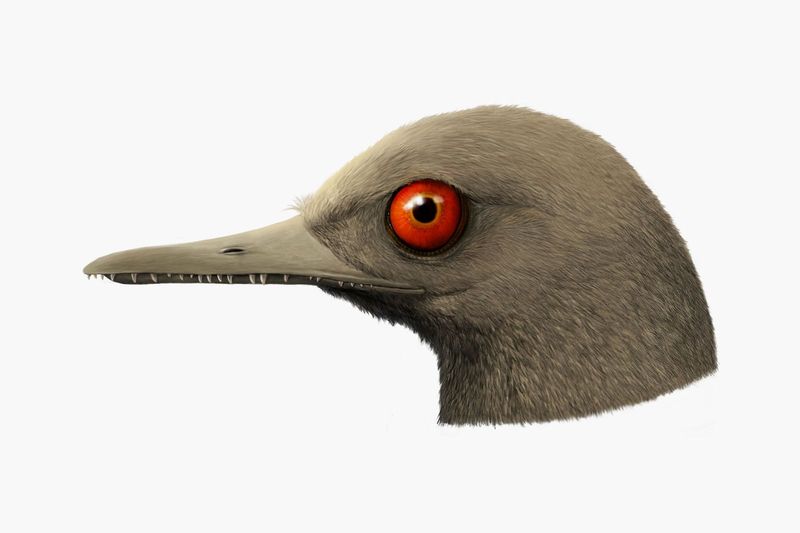
Caught in the scientific crossfire between bird and dinosaur classifications, Oculudentavis became a poster child for evolutionary confusion.
Neither fully bird nor typical dinosaur, it embodied the challenge of categorizing creatures that lived during periods of rapid evolutionary change. This tiny fossil highlighted the reality that nature doesn’t always fit into our neat taxonomic boxes, especially when examining transitional forms from times when new groups were emerging.
The Debate On Whether It Was A Dinosaur Or Lizard
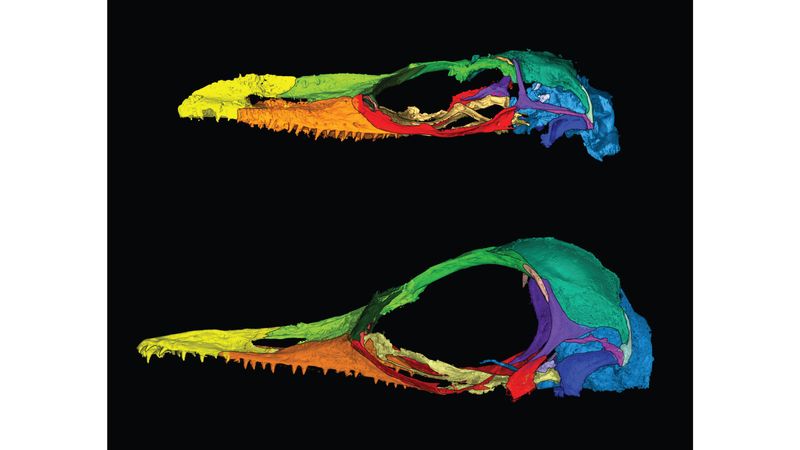
Plot twist! Further analysis revealed features suggesting Oculudentavis might actually be a bizarre lizard, not a dinosaur at all.
A second specimen discovered in 2021 showed characteristics inconsistent with dinosaurs, including skull features more typical of lizards. Computer tomography scans revealed anatomical details invisible to the naked eye, prompting scientists to reconsider their initial classification and demonstrating how challenging it can be to identify ancient species from limited remains.
What The Reclassification Of Oculudentavis Means For Paleontology
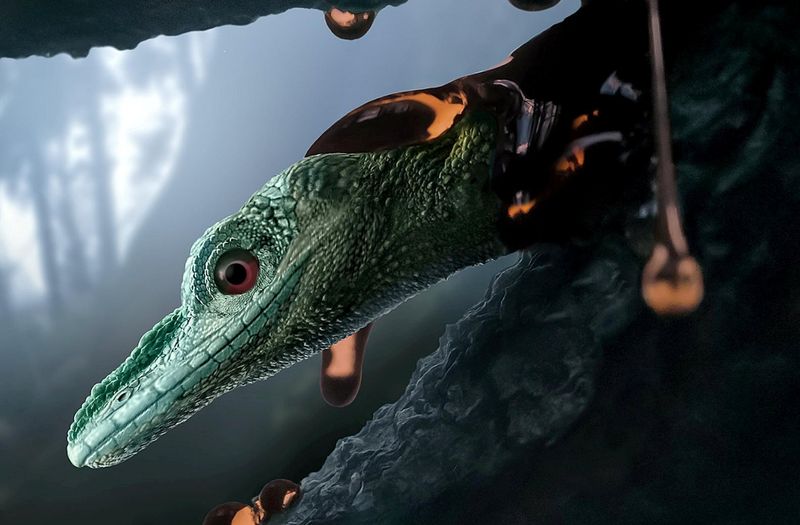
Embarrassing? Maybe. But the Oculudentavis saga actually shows science working exactly as it should – testing ideas and revising conclusions when new evidence emerges.
The willingness of researchers to publicly change their minds demonstrates scientific integrity rather than failure. This case study has become a valuable teaching tool in paleontology, showing how initial interpretations of fossils can be dramatically revised as more specimens are found and new analytical techniques applied.
Implications Of This Tiny Fossil On The Evolution Of Birds
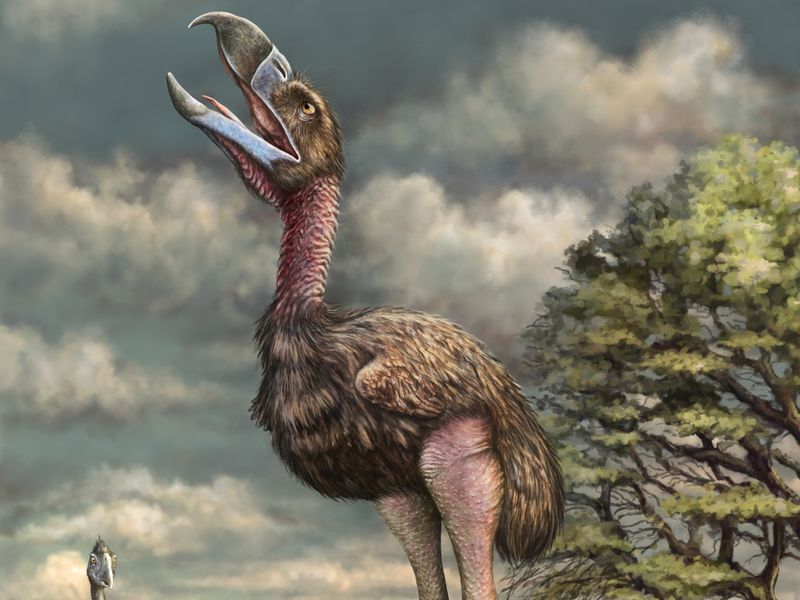
Even though Oculudentavis likely wasn’t a dinosaur or bird ancestor, its study advanced our understanding of how small vertebrates evolved during the Cretaceous.
The confusion it caused highlighted gaps in our knowledge about miniaturization in different evolutionary lineages. The fossil’s exceptional preservation in amber provides unprecedented details about small Cretaceous animals, offering a window into ecosystems that existed alongside the evolution of early birds.
The Blurring Line Between Birds And Dinosaurs In The Fossil Record
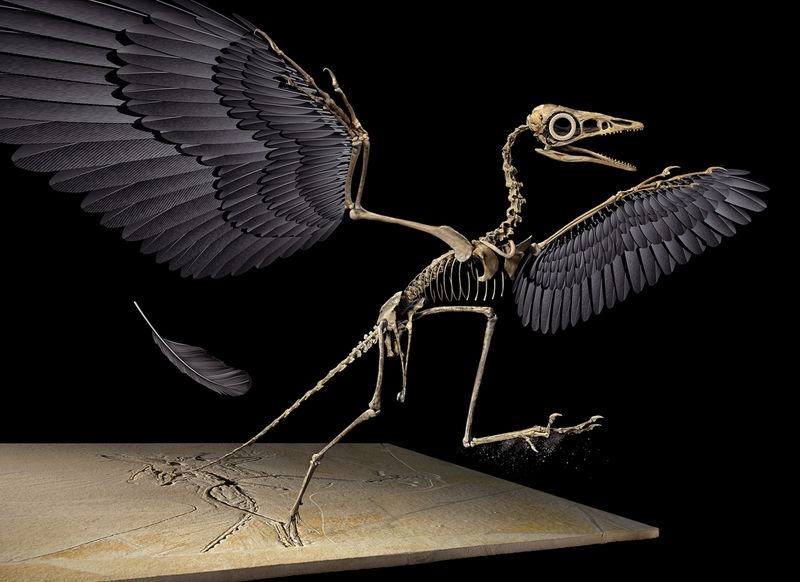
Modern birds are living dinosaurs – the sole survivors of a lineage that includes T. rex and Velociraptor.
The boundary between what we call “bird” and “non-bird dinosaur” grows fuzzier with each new discovery. Feathers, once thought unique to birds, have been found on numerous dinosaur fossils. Warm-bloodedness, hollow bones, and even nesting behaviors once considered exclusively avian are now known to have evolved in dinosaurs first, making the distinction increasingly arbitrary.





